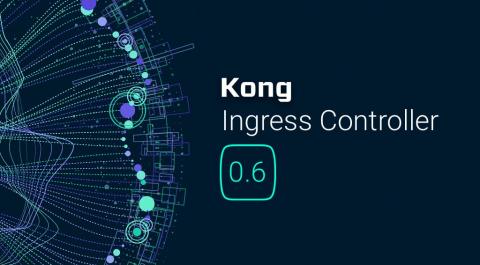Kong Gateway 2.0 RC Released at Kong Summit 2019
Kong Gateway 2.0 takes all the work we put into creating Kong and builds on it to create a truly stable, battle-tested API gateway that is stable under extreme performance conditions and a diverse array of architectures and implementations. With this release, we are especially excited to address some of the most common requests from our community, as well as lay the foundation for continued growth and innovation within our open source platform. Read on below to check out the new capabilities.









